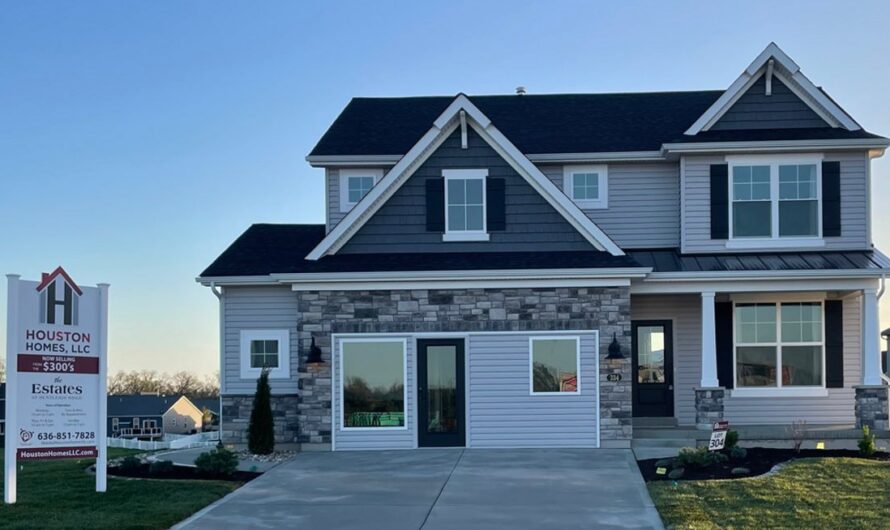Essential Tips for Your First Property Purchase in the USA
Buying your first property in the United States is an exciting milestone, but it can also be a daunting process. Here are some essential tips to help guide you through your first property purchase:
1. Understand Your Finances
Before you start looking for a property, it’s crucial to understand your financial situation. Here are some steps to take:
- Budgeting: Determine how much you can afford to spend on a property. Consider your income, savings, and any debts you have.
- Credit Score: Your credit score will affect your ability to get a mortgage and the interest rate you’ll be offered. Aim to have a good credit score before applying.
- Down Payment: Most lenders require a down payment, which is typically 20% of the property’s price. Make sure you have enough saved for this and other associated costs.
2. Get Pre-Approved for a Mortgage
Getting pre-approved for a mortgage gives you a clear idea of how much you can borrow and shows sellers that you are a serious buyer. Contact several lenders to compare rates and find the best deal for you.
3. Research the Market
Take time to research the real estate market in the area where you want to buy. Look at current property prices, trends, and the types of properties available. This will help you understand what you can expect and make an informed decision.
4. Work with a Real Estate Agent
A good real estate agent can be invaluable in your property search. They have local market knowledge, can help you find properties that meet your criteria, and guide you through the negotiation and purchase process.
5. Consider the Location
Location is one of the most important factors when buying a property. Consider the following:
- Neighborhood: Is it safe? Are there good schools and amenities nearby?
- Commute: How far is it from your workplace or other places you frequently visit?
- Future Development: Are there any planned developments that could affect the property’s value?
6. Conduct a Home Inspection
Always have a professional home inspection done before finalizing your purchase. This will identify any potential issues with the property that could be costly to fix later.
7. Understand the Costs
Be aware of all the costs associated with buying a property, not just the purchase price. These can include:
- Closing Costs: Fees for processing the mortgage, legal fees, and taxes.
- Homeowners Insurance: Protects your property against damage and loss.
- Property Taxes: Vary by location and are often a significant annual expense.
- Maintenance and Repairs: Regular upkeep costs to keep the property in good condition.
8. Negotiate the Price
Don’t be afraid to negotiate the price. Your real estate agent can help you make a competitive offer based on market conditions and the property’s value.
9. Review the Contract Carefully
Before signing any contract, review it carefully and make sure you understand all the terms and conditions. Consider having a real estate attorney review it as well to ensure your interests are protected.
10. Plan for the Future
Think about your long-term plans and how the property fits into them. Consider factors like potential resale value, the need for renovations, and how long you plan to stay in the property.










